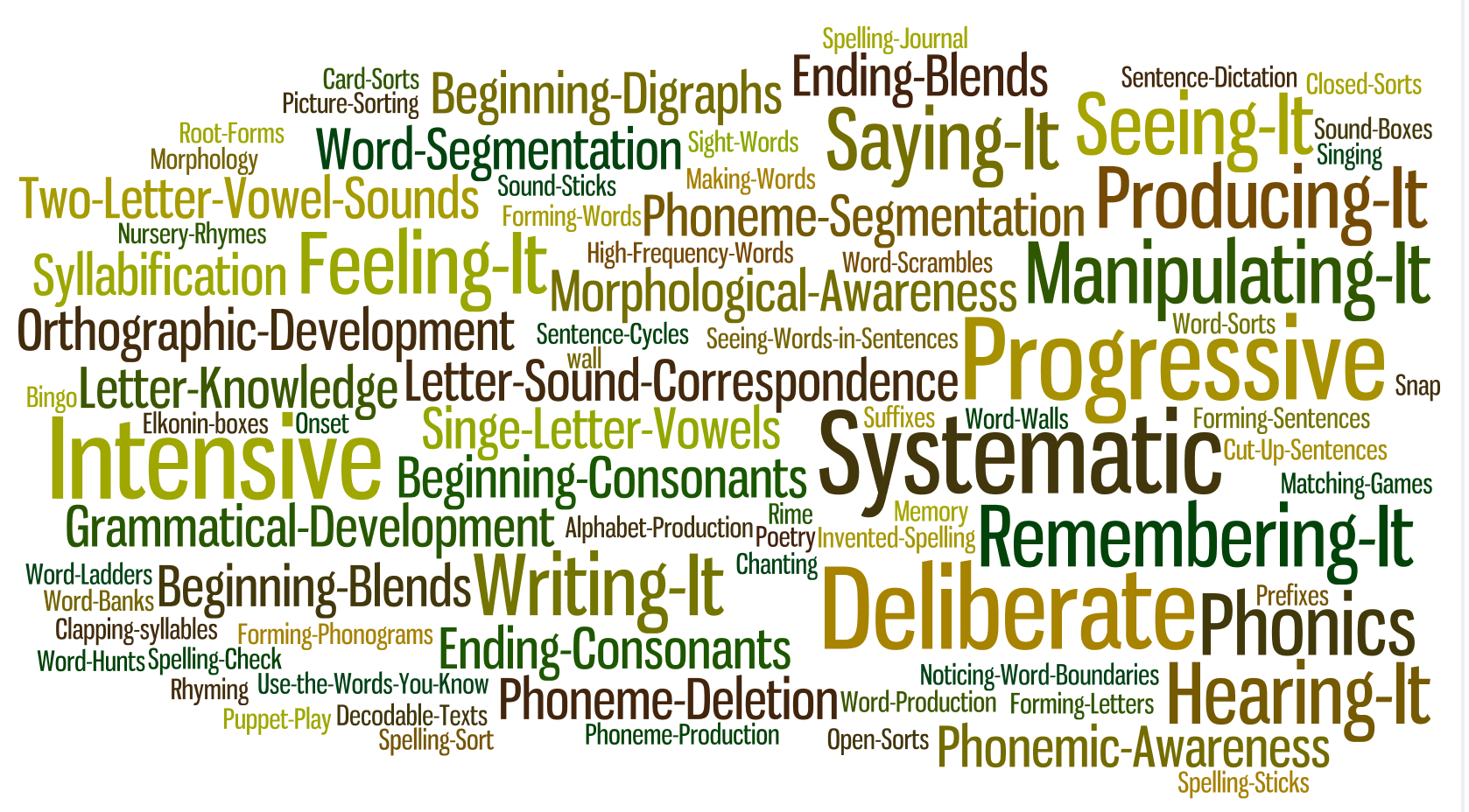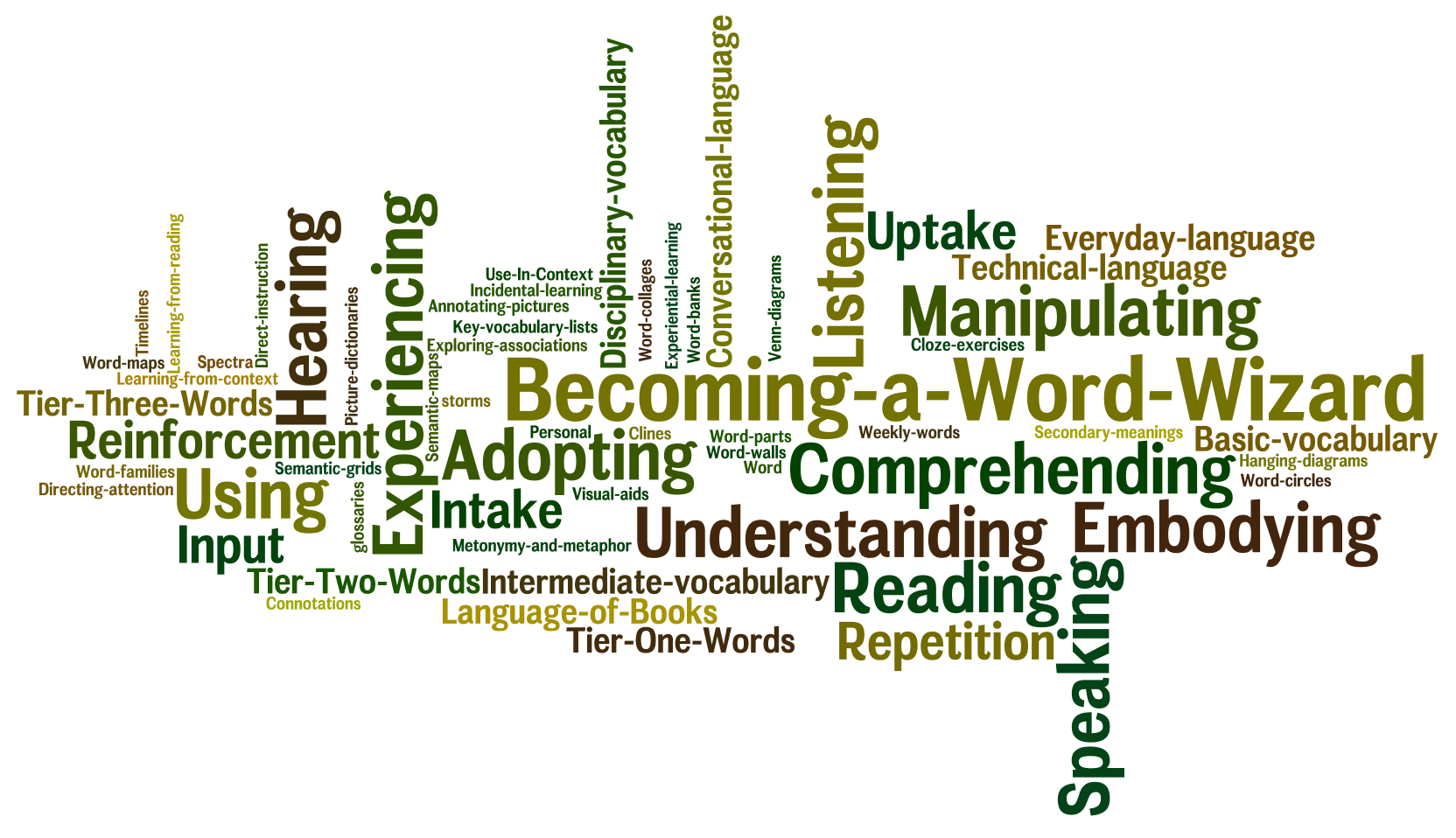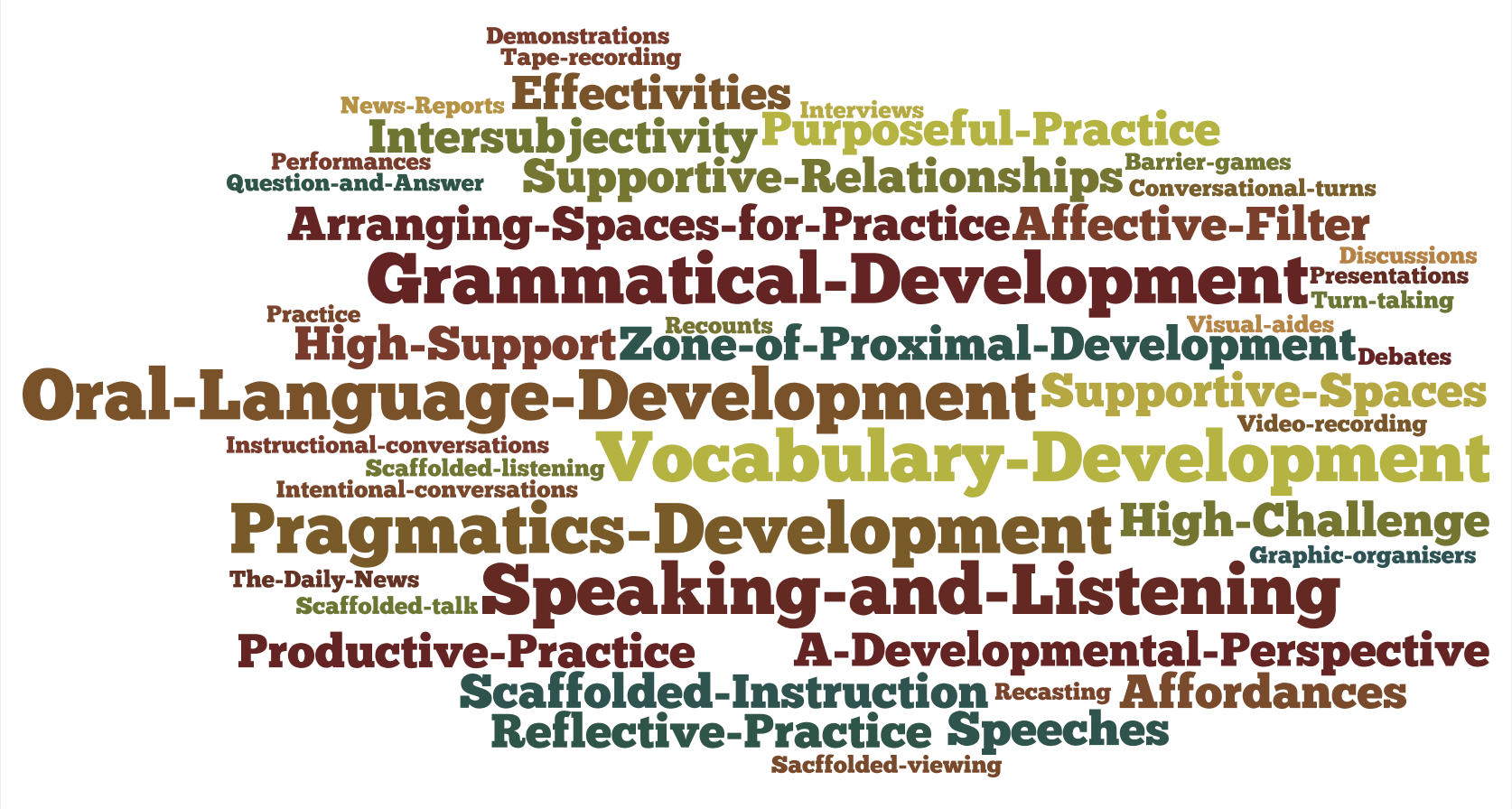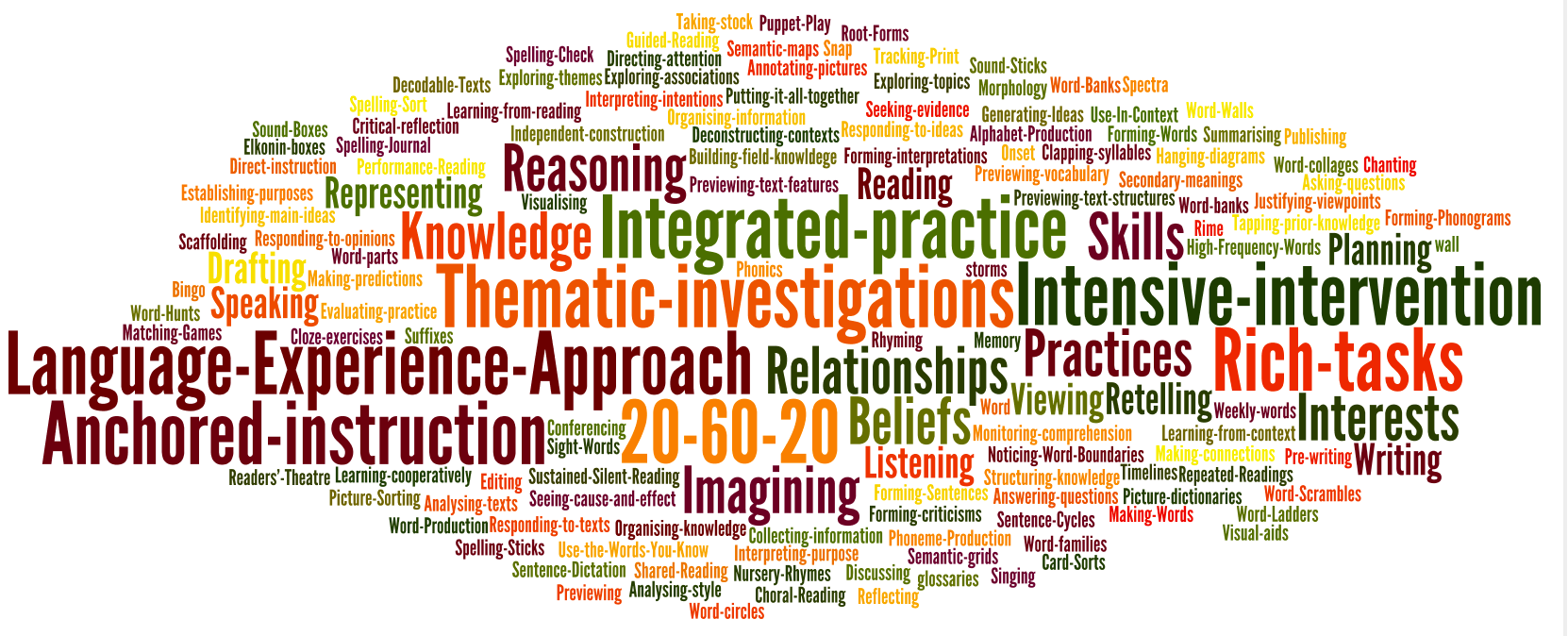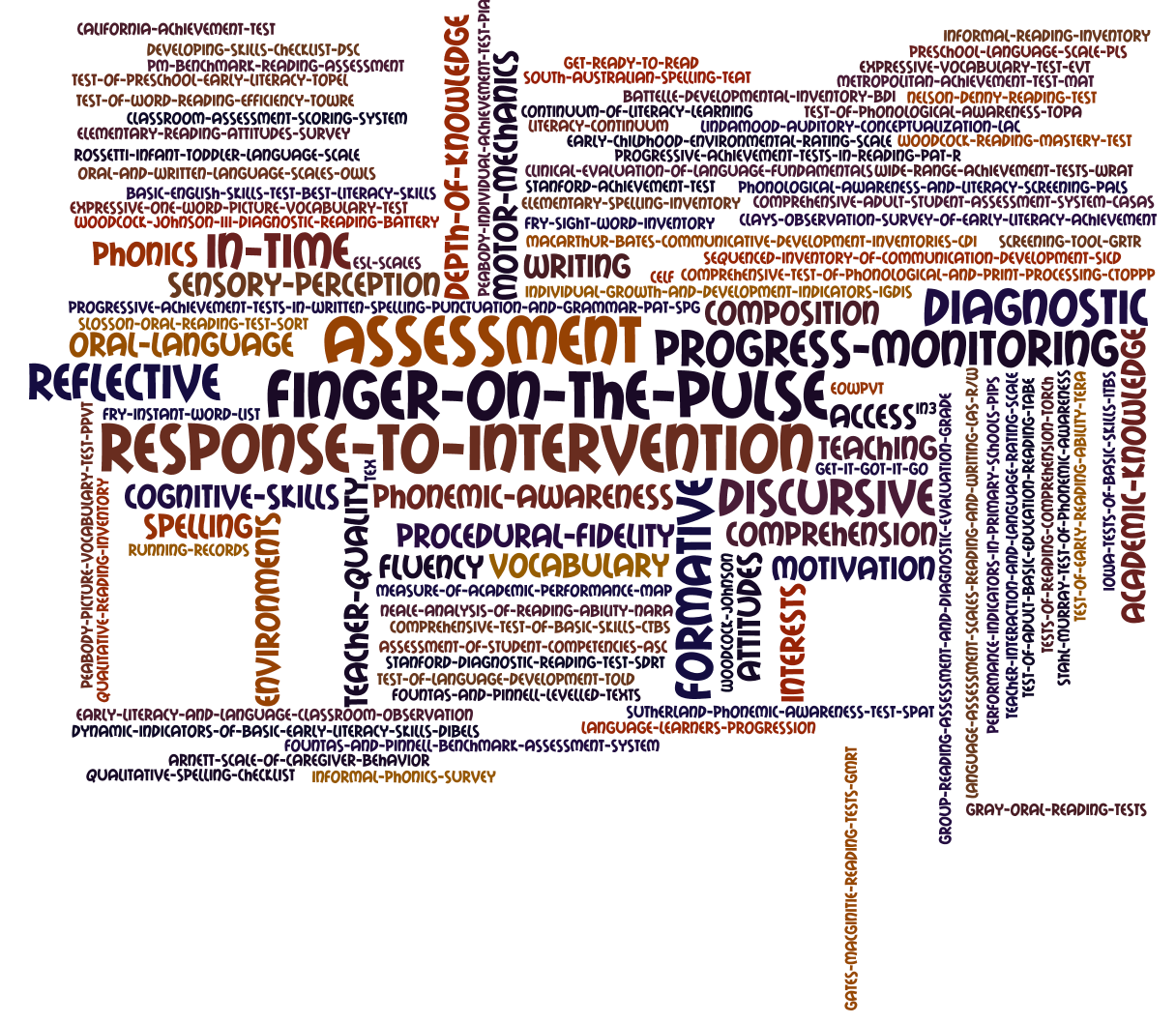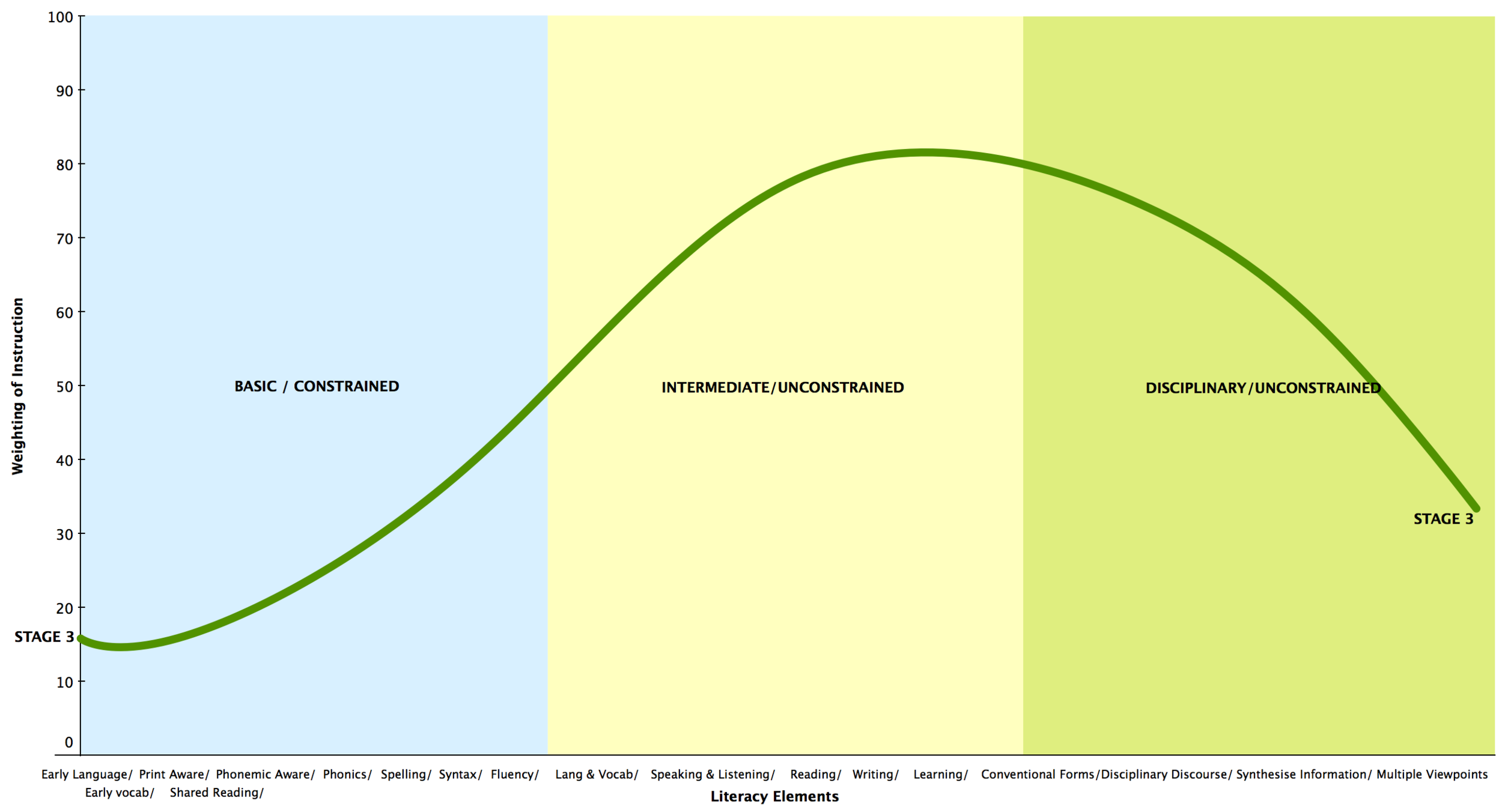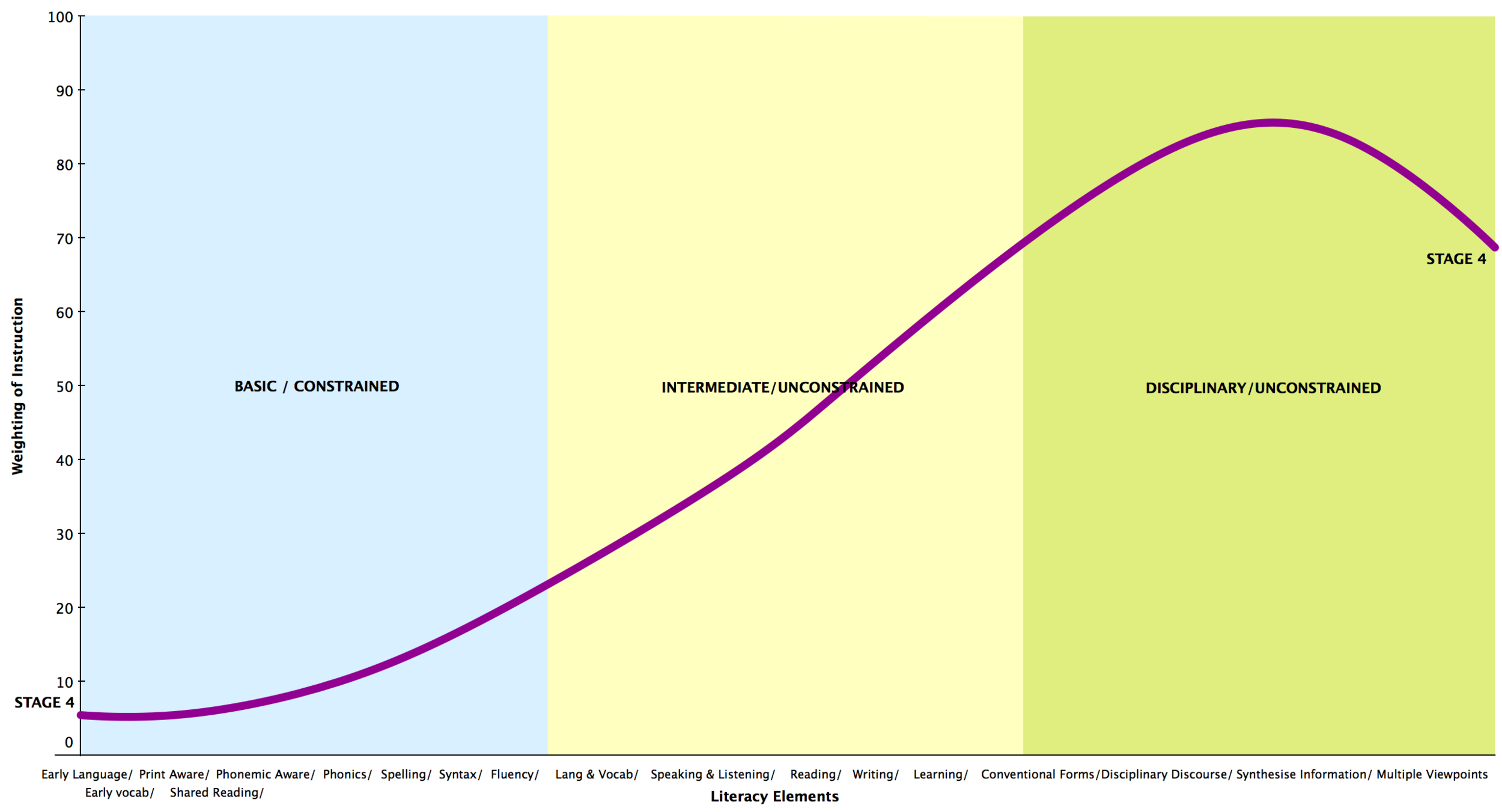Once again, for those who may be curious about the things I have been reading as of late, the following is a list of articles and books that I have scoured in the past few weeks. Regular visitors might notice that there has been a significant focus on all-things-literacy-related, which is another indication of the impending launch of The Literacy Bug website.
- Allington, R. L. (2002). What I’ve Learned about Effective Reading Instruction from a Decade of Studying Exemplary Elementary Classroom Teachers. The Phi Delta Kappan, 83(10), 740–747. Retrieved from http://www.jstor.org/stable/20440246
- Allington, R. L. (2006). Fluency: Still waiting after all these years. What research has to say about fluency instruction, 94-105.
- Bear, S., Invernizzi, M., Templeton, S., & Johnston, F. (2014). Words their way: word study for phonics, vocabulary, and spelling instruction (5th edition). Essex: Pearson.
- Blackwell-Bullock, R., Invernizzi, M., Drake, E. A., & Howell, J. L. (2009). Concept of Word in text: an integral literacy skill. Reading In Virginia, 31, 30–35.
- Brandone, A. C., Salkind, S. J., Golinkoff, R. M., & Hirsh-Pasek, K. (2006). Language development. In G. G. Bear & K. M. Minke (Eds.), Children’s needs III: development, prevention, and intervention. (pp. 499–514). Washington D.C.: National Association of School Psychologists. Retrieved from http://udel.edu/~roberta/pdfs/Bear chaptBrandone.pdf
- Christ, T., Wang, X. C., & Chiu, M. M. (2011). Using story dictation to support young children’s vocabulary development: Outcomes and process. Early Childhood Research Quarterly, 26(1), 30–41.
- Coyne, M. D., Capozzoli-Oldham, A. & Simmons, D. C. (2012). Vocabulary instruction for young children at risk of reading difficulties: teaching word meanings during shared storybook readings. In E. J. Kame’enui & J. F. Baumann, Vocabulary instruction: research to practice (2nd edition). New York: Guilford Press.
- Fisher, D., Frey, N. & Lapp, N. (2011). What the research says about intentional instruction. In S. J. Samuels & A. E. Farstrup (Eds), What research has to say about reading instruction(4th edition). (pp. 359 - 378). Newark, DE: International Reading Association.
- Flanigan, K. (2007). A concept of word in text: A pivotal event in early reading acquisition. Journal of Literacy Research, 39(1), 37–70. doi:10.1080/10862960709336757
- Flanigan, K., Hayes, L., Templeton, S., Bear, D. R., Invernizzi, M., & Johnston, F. (2011). Words their way with struggling readers: word study for reading, vocabulary, and spelling instruction, grades 4 - 12. Boston: Pearsons.
- Goldman, S. R., & Lee, C. D. (2014). Text complexity: state of the art and the conundrums it raises. The Elementary School Journal, 115(2), 290–300. doi:10.1163/_afco_asc_2291
- Hawkins, M. R. (2004). Researching English Language and Literacy Development in Schools. Educational Researcher, 33(3), 14–25. doi:10.3102/0013189X033003014
- Hiebert, E. H., & Pearson, D. P. (2014). Understanding text complexity: introduction to the special issue. The Elementary School Journal, 115(2), 153–160. doi:10.1163/_afco_asc_2291
- Hoffman, J., Sailors, M., Duffy, G., & Beretvas, S. N. (2004). The effective elementary classroom literacy environment: examining the validity of the TEX-IN3 observation system. Journal of Literacy Research, 36(3), 303–334. doi:10.1207/s15548430jlr3603_3
- Hsueh-chao, M. H., & Nation, P. (2000). Unknown vocabulary density and reading comprehension. Reading in a Foreign Language, 13(1), 403–430.
- Justice, L. M. (2006). Evidence-based practice, response to intervention, and the prevention of reading difficulties. Language, Speech, and Hearing Services in Schools, 37(4), 284–297. doi:10.1044/0161-1461(2006/033)
- Justice, L. M., Mashburn, A., Hamre, B., & Pianta, R. (2008). Quality of Language and Literacy Instruction in Preschool Classrooms Serving At-Risk Pupils. Early Childhood Research Quarterly, 23(1), 51–68. doi:10.1016/j.ecresq.2007.09.004
- Kame’enui, E. J. & Baumann, J. F. (2012). Vocabulary instruction: research to practice (2nd edition). New York: Guilford Press.
- Kieffer, M. J., & Lesaux, N. K. (2007). Breaking down words to build meaning: morphology, vocabulary, and reading comprehension in the urban classroom. The Reading Teacher, 61(2), 134–144. doi:10.1598/RT.61.2.3
- Kieffer, M. J., & Lesaux, N. K. (2011). Morphing into adolescents: active word learning for English-Language Learners and their classmates in middle school. Journal of Adolescent & Adult Literacy, 54(1), 47–56. doi:10.1598/JA
- Kuhl, P. K. (2004). Early language acquisition: cracking the speech code. Nature Reviews. Neuroscience, 5(11), 831–43. doi:10.1038/nrn1533
- Kuhn, M. R., & Stahl, S. A. (2003). Fluency: A review of developmental and remedial practices. Journal of Educational Psychology, 95(1), 3–21. doi:10.1037/0022-0663.95.1.3
- Leslie, L. & Caldwell, J. S. (2010). Qualitative Reading Inventory (5th edition). Boston: Pearson.
- Martin, M., Fergus, E., & Noguera, P. (2010). Responding to the needs of the whole child: a case study of a high-performing elementary school for immigrant children. Reading & Writing Quarterly, 26(3), 195–222. doi:10.1080/10573561003769582
- McGee, L. M, & Dail, A. R. (2010). Phonemic awareness instruction in preschool: research implications and lessons learned from Early Reading First. In M.C. McKenna, S. Walpole, & K. Conradi (Eds) Promoting early reading: research, resources and best practices. New York: Guilford Press.
- McGinty, A. S. & Justice, L. M. (2010). Language facilitation in the preschool classroom: rationale, goals and strategies. In M.C. McKenna, S. Walpole, & K. Conradi (Eds) Promoting early reading: research, resources and best practices. New York: Guilford Press.
- McIntyre, E., & Hulan, N. (2013). Research-Based, Culturally Responsive Reading Practice in Elementary Classrooms: A Yearlong Study. Literacy Research and Instruction, 52(1), 28–51. doi:10.1080/19388071.2012.737409
- McIntyre, E., Hulan, N., & Layne, V. (2011). Reading Instruction for Diverse Classrooms: Research-Based, Culturally Responsive Practice. New York: Guilford Press.
- McKenna, M. C. & Stahl, K. A (2009). Assessment for reading instruction (2nd edition). New York: Guilford Press.
- McKenna, M. C., Walpole, S., & Conradi, K. (2010). Promoting early reading: research, resources and best practices. New York: Guilford Press.
- National Institute on Deafness and Other Communication Disorders. (2014). Speech and Language Developmental Milestones [NIDCD Health Information]. Bethesda, MD. Retrieved from http://www.nidcd.nih.gov/health/voice/pages/speechandlanguage.aspx
- National Reading Panel (NRP). (2000). Teaching children to read: An evidence- based assessment of the scientific research literature on reading and its implications for reading instruction. Washington, DC: National Institute of Child Health and Human Development.
- Olson, C. B. (2010). The Reading/Writing Connection: strategies for teaching and learning in the secondary classroom (3rd Edition). Boston: Pearson.
- RAND Reading Study Group (2002). Reading for understanding: toward an R&D program in reading comprehension. Santa Monica, CA: RAND Reading Education.
- Schmitt, N., Jiang, X., & Grabe, W. (2011). The percentage of words known in a text and reading comprehension. The Modern Language Journal, 95(1), 26–43. doi:10.1111/j.1540-4781.2011.01146.x
- Stahl, K. A. D., & Bravo, M. A. (2010). Contemporary classroom vocabulary assessment for content areas. The Reading Teacher, 63(7), 566–578. doi:10.1598/RT.63.7.4
- Stahl, K. A & McKenna, M. C. (2013). Reading assessment in an RTI framework. New York: Guilford Press.
- Taylor, T. J. (2013). Calibrating the child for language: Meredith Williams on a Wittgensteinian approach to language socialization. Language Sciences, 40, 308-320.
- Tyner, B. B. (2009). Small-group reading instruction: a differentiated teaching model for beginning and struggling readers (2nd edition). Newark, DE: International Reading Association.
- Tyner, B. B. & Green, S. E. (2012). Small-group reading instruction: differentiated teaching models for intermediate readers, grades 3-8 (2nd edition). Newark, DE: International Reading Association.
- Vaughn, M., & Parsons, S. A. (2013). Adaptive Teachers as Innovators: Instructional Adaptions Opening Spaces for Enhanced Literacy Learning. Language Arts, 91(2), 82–93.
- Walpole, S., Justice, L. M., & Invernizzi, M. a. (2004). Closing the Gap Between Research and Practice: Case Study of School-Wide Literacy Reform. Reading & Writing Quarterly, 20(3), 261–283. doi:10.1080/10573560490429078
- Walpole, S. & McKenna, M. C. (2007). Differentiated reading instruction: strategies for the primary grades. New York: Guilford Press.
- Wolfersberger, M., Reutzel, D. R., Sudweeks, R., & Fawson, P. (2004). Developing and validating the Classroom Literacy Environmental Profile (CLEP): a tool for examining the “print richness” of early childhood and elementary classrooms. Journal of Literacy Research, 36(2), 211–272. doi:10.1207/s15548430jlr3602_4
- Zucker, T. A. & Landry, S. H. (2010). Improving the quality of preschool read-alouds: professional development and coaching that targets book-reading practices. In M.C. McKenna, S. Walpole, & K. Conradi (Eds) Promoting early reading: research, resources and best practices. New York: Guilford Press.



